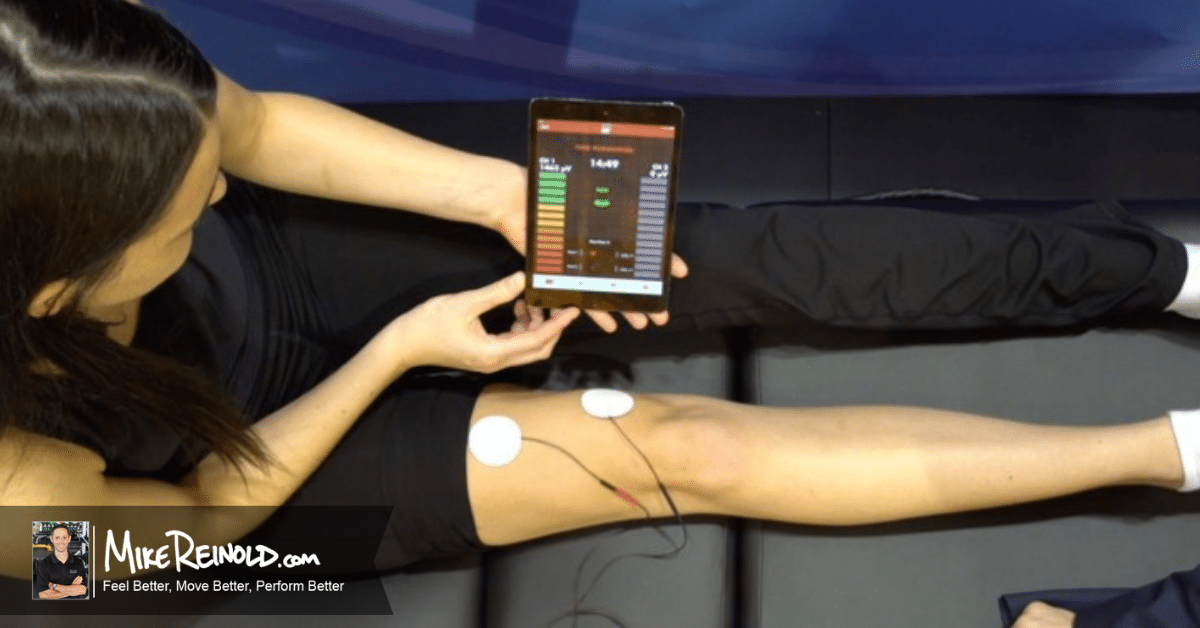Slumber apnea is a common slumber disorder that affects many people throughout the globe. It happens when a individual's breathing is disrupted during slumber, leading to poor sleep standards and multiple medical concerns. One of the methods scientists and doctors are working to better understand and identify sleep apnea is through a technique called quantified electroencephalography, or qEEG. This approach measures the electrical function of the cerebrum and can provide valuable understandings into how sleep apnea affects cerebral activity and overall health.

qEEG entails positioning small sensors on the head to capture brain waves. These brain oscillations are then examined to detect patterns that may suggest sleep conditions, including sleep apnea. By examining these patterns, healthcare professionals can obtain a more precise understanding of how sleep apnea interrupts normal brain function during slumber. This data can be essential for developing effective therapeutic strategies customized to individual patients. Understanding the connection between qEEG and sleep apnea can lead to enhanced identification techniques and better outcomes for those affected by this condition.
Studies has shown that individuals with sleep apnea often exhibit distinct changes in their cerebral oscillation trends. For instance, during instances of apnea, the cerebrum may exhibit increased activity in certain areas while other areas become less active. These changes can affect how well a person sleeps and how rested they feel upon awakening. By employing qEEG to track these cerebral oscillation trends, physicians can recognize particular traits of find more info sleep apnea in patients, which can assist in making a more precise identification. This is particularly important because sleep apnea can sometimes be mistaken for other sleep disorders, leading to inappropriate treatments.
In addition to improving identification, qEEG can also serve a part in assessing the efficacy of treatments for sleep apnea. For instance, after a patient begins using a continuous positive airway pressure (CPAP) device, which assists maintain the passage open during sleep, qEEG can be used to assess changes in brain activity. If the brain shows enhanced trends of slumber after initiating treatment, it may suggest that the treatment is working effectively. This feedback can help doctors make necessary adjustments to therapeutic plans, guaranteeing that clients obtain the best care possible.
In summary, the relationship between qEEG and sleep apnea trends is an promising area of study that holds promise for enhancing identification and treatment. By comprehending how sleep apnea affects cerebral activity, medical professionals can formulate more efficient approaches to help patients achieve better sleep and improve their overall health. As studies continues to advance, it is probable that qEEG will turn into an essential tool in the fight against sleep apnea, leading to better results for those who experience from this difficult condition.
Comments on “Revealing the Connection Among qEEG and Slumber Apnea Trends for Improved Diagnosis and Therapy”